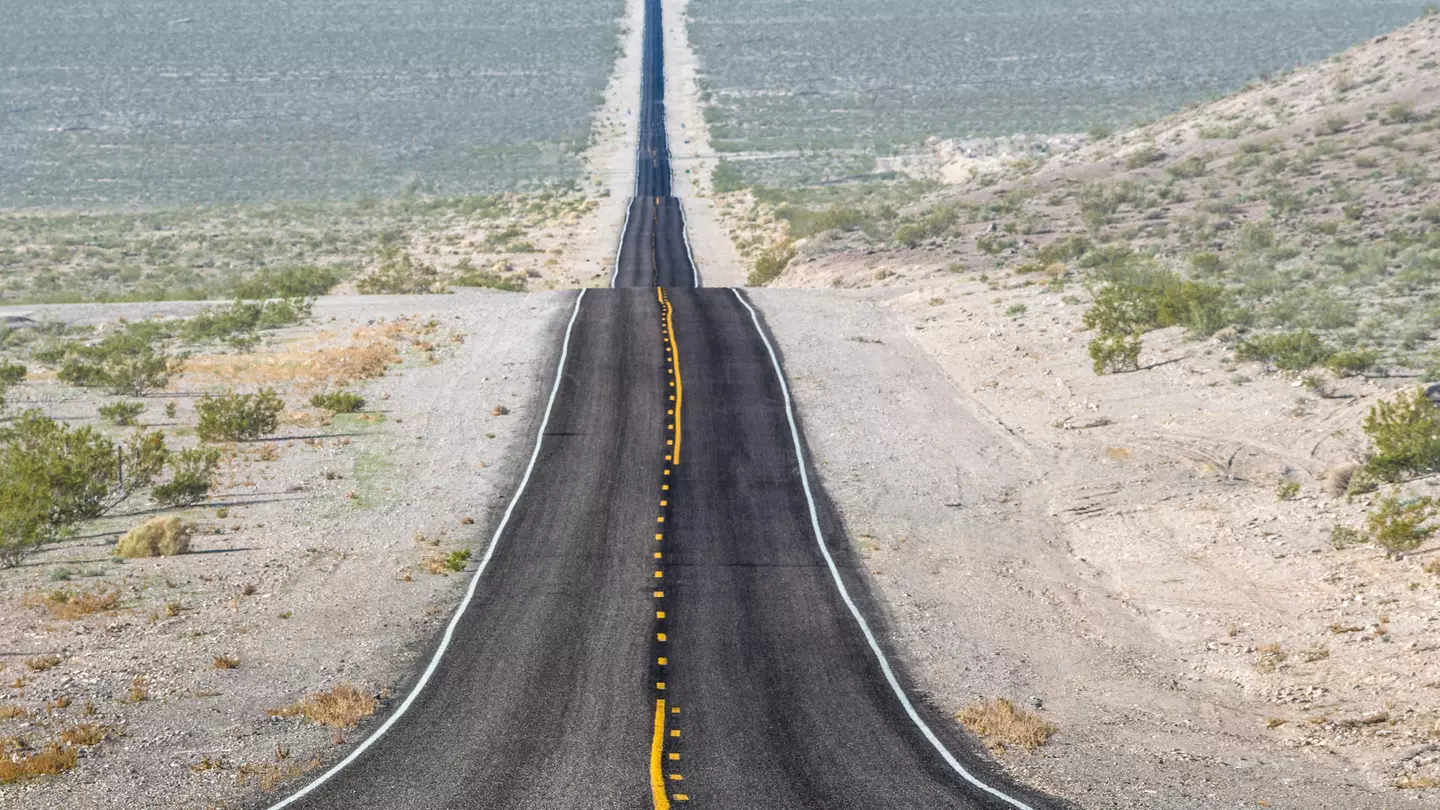

Picture this, you’re driving down a remote road in the middle of nowhere and begin to encounter car troubles — a nailed on way to ruin your day, right?
Thankfully in most cases, a broken down car involves calling your breakdown cover and sitting pretty until a tow truck arrives. Inconvenient yeah, but not the worst thing in the world.
Well, as long as you’re not driving through one of the hottest or coldest places in the world, as this could be a death sentence.
Once such place you don’t want to find yourself running into car issues in is the Death Valley National Park in Eastern California, an area of the US which holds a record breaking temperature of 56.7°C (134°F) in 1913.
Now this figure is an extreme, temperatures on average in the region reach around 47°C (116°F). But this is still absolutely not a temperature you’d want to spending an extended period of time outside in, especially if you’re low on water.
There’s also limited phone signal and a lack of road signs, which means your chances of summoning a tow truck are slim to none.
Add this to the fact that Death Valley is also home wildlife which could kill you alongside abandoned mineshafts pumping out poisonous gasses and the reasons for visiting the region are rapidly dwindling.
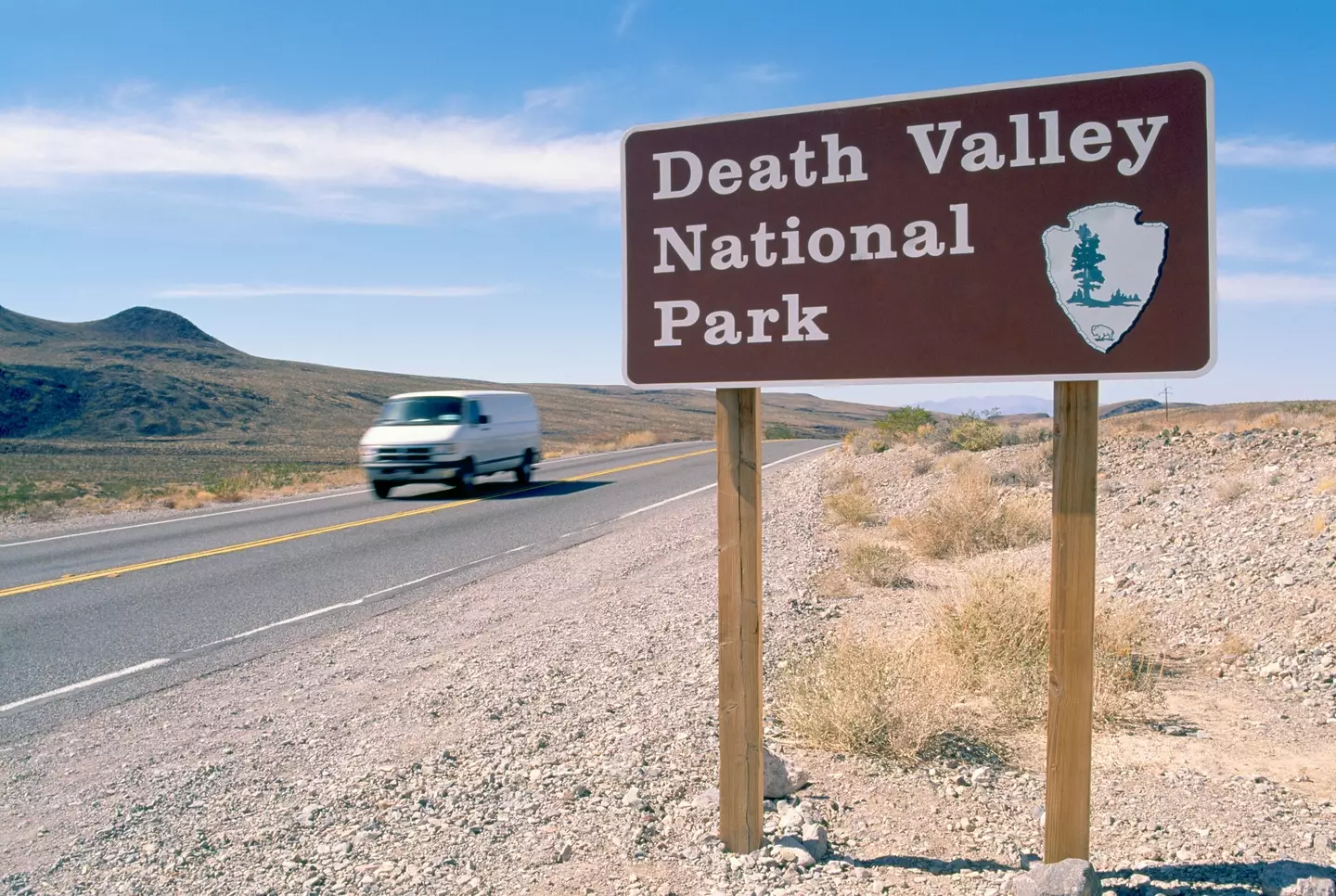

A national park named ‘Death Valley’ is hardly inviting (Getty Stock Images)
What should you do if you break down in Death Valley?
US Janda Law firm states that 68 people have died in Death Valley between the years of 2007 and 2024, so if you don’t fancy becoming a statistic then pay attention.
For the intrepid travellers happy enough to take the risk, the US National Parks website has an abundance of information on essentials to bring with you on such a road trip and what to do if your journey goes wrong.
“On main roads, another traveler should come along sooner than you could walk for help. Leave the car’s hood up and/or mark the road with a large X visible to aircraft,” the website states.
“If you decide to walk out, stay on the main roads-do not cut cross-country. If it’s hot, walk out only if you can carry sufficient water and wait until after sundown. Leave a dated note describing your plan with your vehicle.”
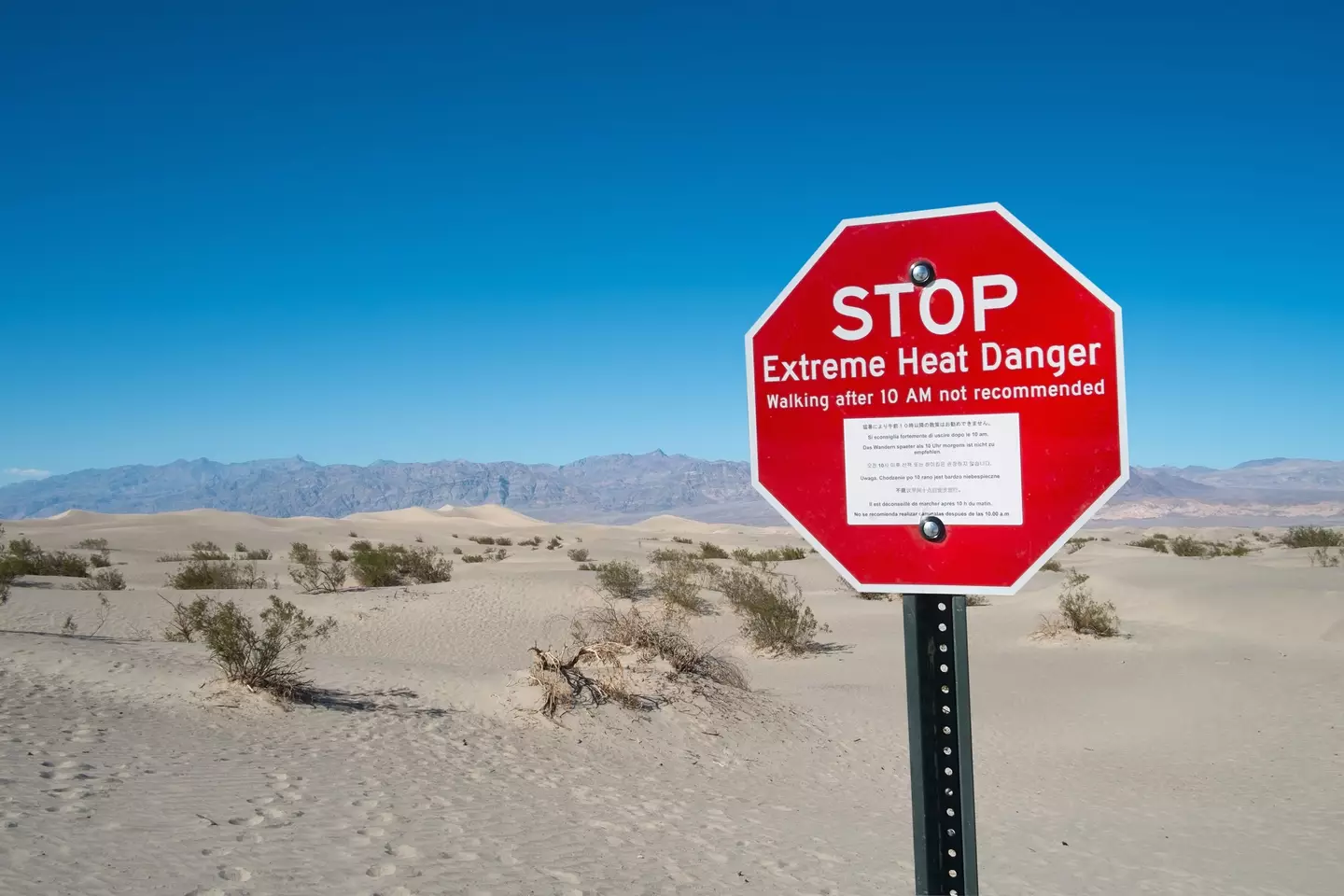

The US National Park Service has a list of guidance to follow should you find yourself stuck (Getty Stock Images)
The advice also urges road-trippers to travel with basic tools, spare tires and ‘at least a gallon [of water] per person per day.’
“Things can go wrong quickly in the backcountry. Pre-trip planning could save your life,” the NPS adds.
“Bring basic tools, a shovel, extra water, and food with you. Top off your gas tank before starting a trip.”
So there you go, if you’re planning on driving through Death Valley, the Australian Outback or even frozen highway in the wilderness of Siberia, make sure you’re prepared.
And if you’re reading this after breaking down — good luck.
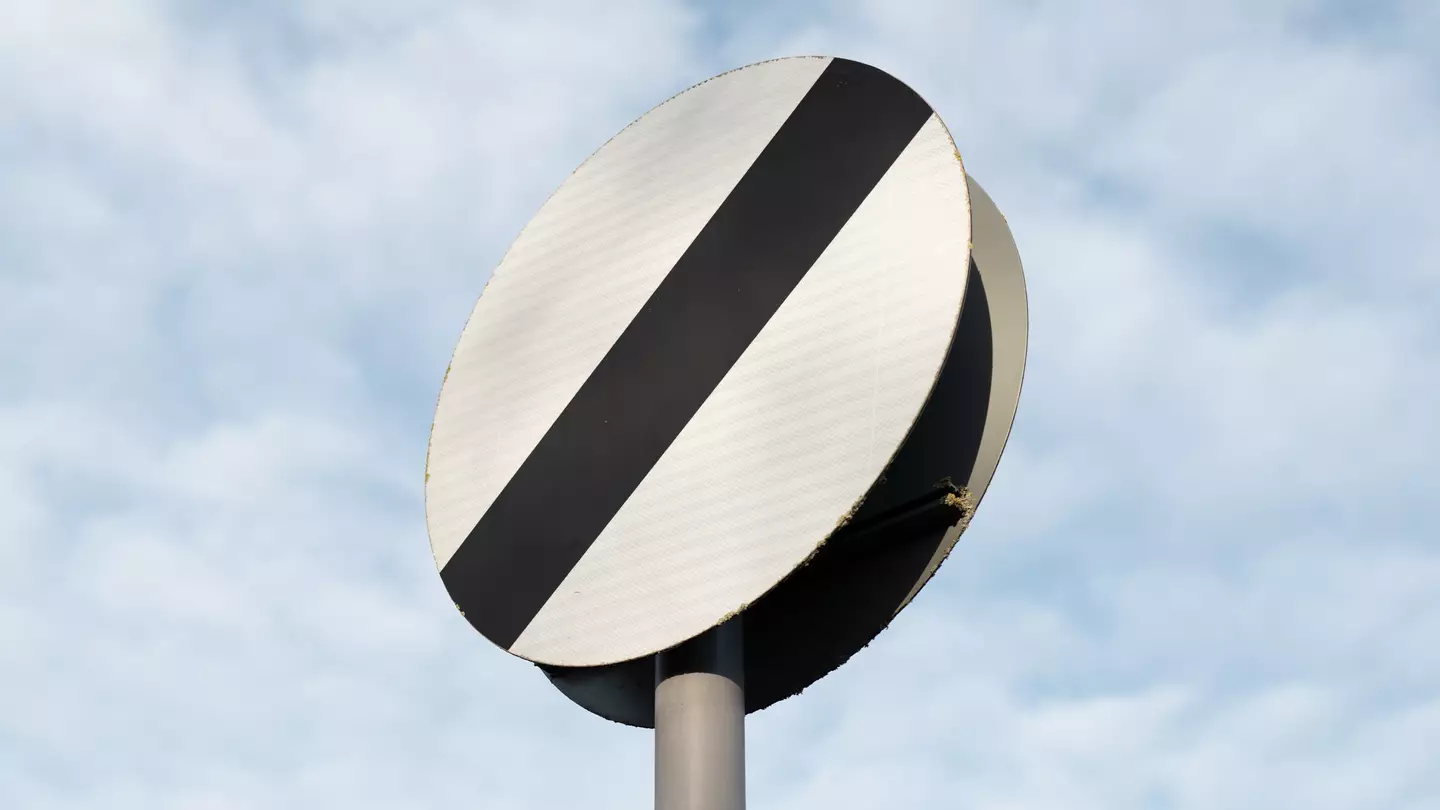

Knowing the Highway Code is critical if you want to be able to legally drive on any road around the United Kingdom. But what about remembering what the Highway Code told you, years after passing those fabled theory and practical tests?
Yes, we’re talking about road signs and making sure you know what they mean for both practical and safety reasons.
After all, if you didn’t know what the number ’30’ on a white background in a red circle meant, you’re going to get in a whole lot of legal trouble and potentially endanger other people on the road and pavements.
Learning these signs means you’re telling the bosses at the DVLA that you’re safe to drive. Pass your test on them and you’re halfway there, with just the practical test to go.
But any ordinary driver is likely lying if they say they can remember every sign in the Highway Code. And over on Reddit, one motorist has vented about one road sign in particular. According to them, they reckon that many of us wouldn’t be able to understand what it means at all.
Go on then, what’s the sign?
There’s thousands of them across the roads up and down the United Kingdom.
Incredibly common, really. A white circle with a black strip through it at a 45 degree angle.
Taking to Reddit, the driver wrote: “I’m convinced 99 percent of drivers don’t know what this sign means.”

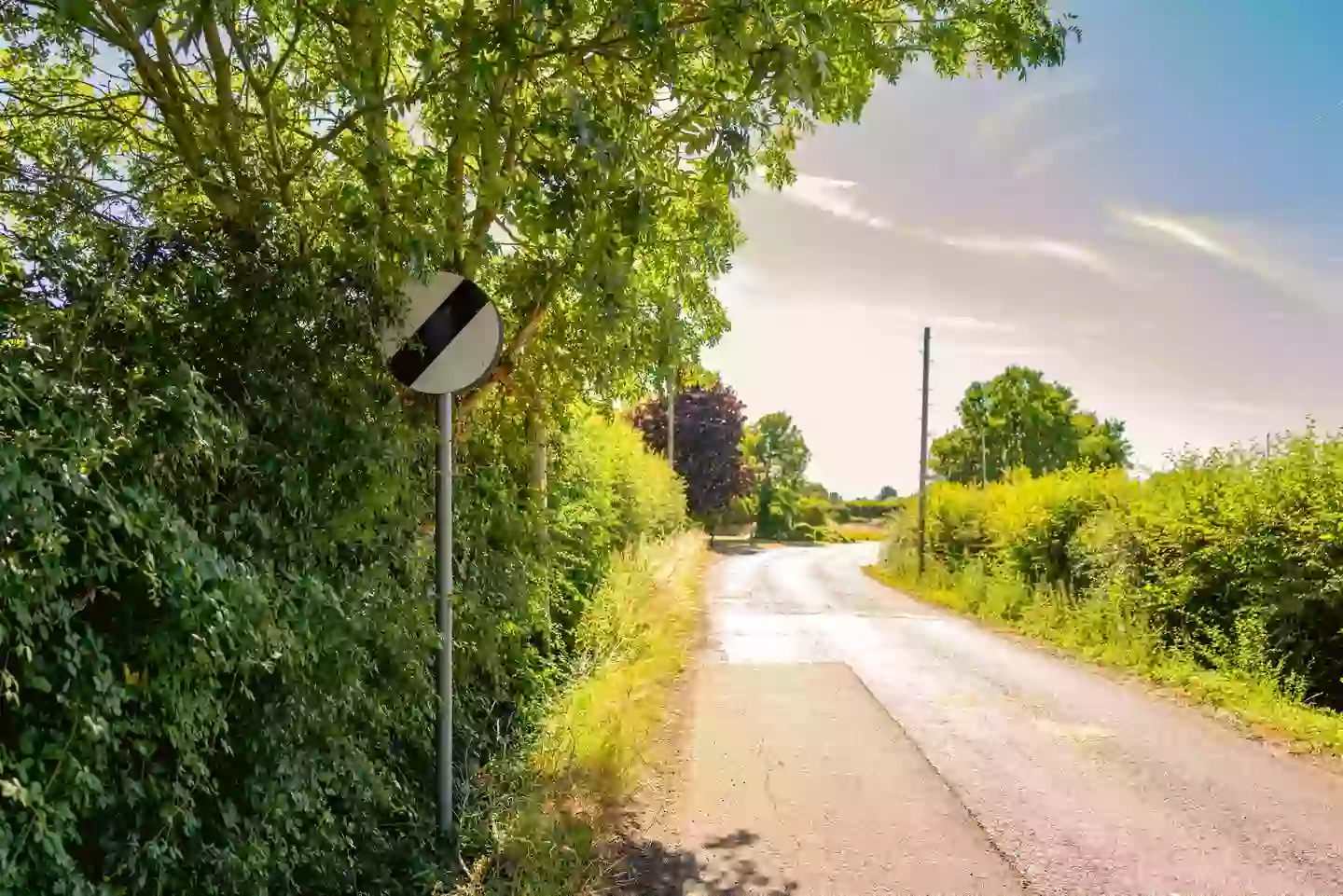
So you think you know what it means? (Getty Stock Images)
What does the white circle and black strip mean?
To many it might be obvious. Or so you think.
Responding to the original post, Redditors have had a good few attempts at guessing at what the sign means.
Rather tongue in cheek, one Reddit user posted: “National speed limit, but what that limit is depends on what you’re driving. For example if you’re driving a BMW it’s 100mph and excuses you from using indicators.”
Another replied to the thread saying: “There’s a road near me with this sign and if you’re averaging more than 30mph down it you’re either a complete plank or suicidal.”
A third shared a rather worrying tale: “One of the girls at my old hairdressers genuinely thought it meant ‘go whatever speed you want’.”

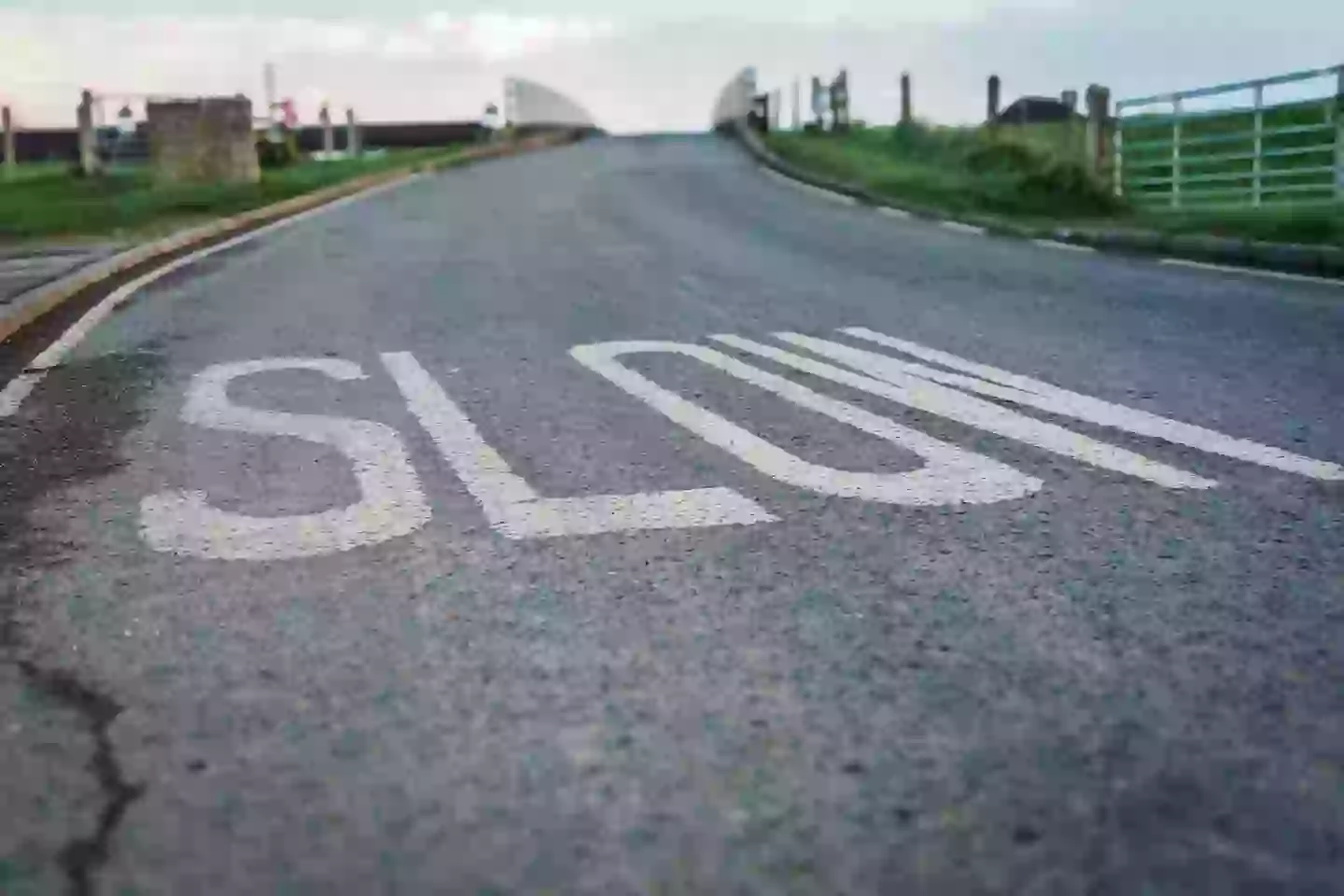
Safety first, not speed (Getty Stock Images)
National speed limit – but not something you should always go at
According to Gov.uk, the sign means you’re now on a stretch of road where ‘the national speed limit for the type of road and class of traffic applies’.
The RAC website says similar. But it also offers some much needed clarity. Explaining that the white circle and diagonal stripe ‘tells you that the national speed limit applies on the upcoming stretch of road’, it adds that it also ‘supersedes any previous speed limit signs you may have had to adhere to, such as passing through temporary roadworks’.
Critically, though, safety is more important than speed. It adds: “Of course, even when the national speed limit applies, it might not always be safe to drive at that speed, so use your common sense on this.”
On a single carriage this would mean there is a 60mph limit for cars and 50mph for vans and other large vehicles, as well as cars with a trailer. Dual carriageways carry a 70mph limit for cars and 60mph limit in line with the same vehicles on a 60 road.
But the law clearly states that safety is more important than definitely travelling at these top speeds. And with many of the roads having 60mph limits being narrow country lanes, you’d be a moron to travel that fast anyway.